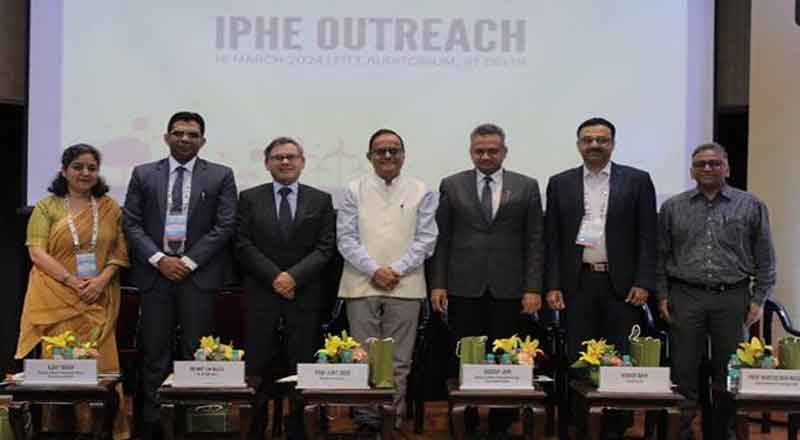Reliance Jio Infocomm launched Jio Welcome Offer on Teachers Day i.e. September 5 and within 26 days has created a world record by crossing 16 million subscribers. Jio has achieved this growth faster than any other telecom operator or start up in the world including the likes of Facebook, WhatsApp and Skype.
The big question is how Reliance Jio achieved 16 million 4G subscribers in 26 days i.e. 615,385 subscribers per day or 25,641 subscribers per hour.
Reliance Jio’s 16 million subscribers in 26 days is a remarkable achievement by any standards thanks to viral packaging, excellent pan-India distribution and availability of wide range of 4G handsets in the country.
Viral Packaging: On Teachers Day, Reliance Jio Infocomm commenced digital services with a new offer called as Jio Welcome Offer whereby users had access to unlimited 4G data, voice, video, and messaging services along with full bouquet of Jio applications and content, free of cost up to 31 December 2016.
Chairman of Reliance Industries, Mukesh D Ambani announced that domestic voice calls to any network across the country would be free for Jio subscribers even beyond the Jio Welcome Offer. Domestic roaming services would also not be charged separately and average data prices would be around Rs 50/GB, which would be amongst the lowest in the world.
Jio Welcome Offer started at Rs 19 plan which is valid for a day and offers 300 MB data, all local and STD voice calls free in home and national roaming and free local and national SMS. On the other hand Rs 149 plan is valid for a month and offers 300 MB data and free local call and national SMS.
Free voice, attractive data package and free Jio applications became viral packaging for Reliance Jio right from day one as there was large rush of people pan-India across all distribution networks which led to record addition of subscribers in 26 days.
Excellent Pan-India Distribution: On Teachers Day, Reliance Jio launched pan-India network covering 18,000 cities and towns and over 2 lakh villages. Jio’s pan-India distribution of SIM and handset was done by Reliance Retail (RRL), a subsidiary of Reliance Industries (RIL) which has grown to 3,383 stores with an area of over 13 million square feet. Reliance Digital has a network of 1,379 stores deployed over 225 cities.
During this period, Reliance Jio also introduced Aadhaar-based paper-less Jio SIM activation across 3,100 cities and towns which helped in streamlining the activation process which was initially chaotic as it enables the customers to complete the SIM activation process in a matter of minutes, with only his/her Aadhaar number.
The Aadhaar process will be extended across the country and fully stabilized for satisfactory on-boarding experience in the next few weeks and will help Reliance Jio to achieve the magic number of 100 million subscriber mark.
Wide Range of 4G Handsets: Reliance Jio had a wide range of handset brands for Jio Welcome Offer. Reliance Jio tied up with 35 handset brands like: LYF, Alcatel One Touch, ASUS, Celkon, Coolpad, Gionee, HTC, Huawei, Infocus, Intex, Itel, Karbonn, Lava, Le Eco, Lenovo, LG, Micromax, Moto, Nextbit, Obi, OnePlus, Onida, Oppo, Panasonic, Samsung, Samsui, Smartron, Sony, TCL, Videocon, Vivo, Xiaomi, Xolo, Yu and Zen.
In toto, 35 handset brands had 322 models which gave customers a wide range of handset to choose. Reliance Retail also introduced a line-up of super affordable 4G LTE smartphones under the LYF brand, starting at Rs 2,999. All this was win-win for Jio Welcome Offer subscribers as they had the option to choose low-end handset to high-end handset depending upon their purchasing power.
If the present trend continues in the coming month with respect to subscriber addition and if the company is able to maintain its quality of voice and data network then there is no looking back for Reliance Jio. The company has to keep on improving on its processes and keep on expanding its network to newer towns and cities as the focus is to cover 90 percent by March 2017.




